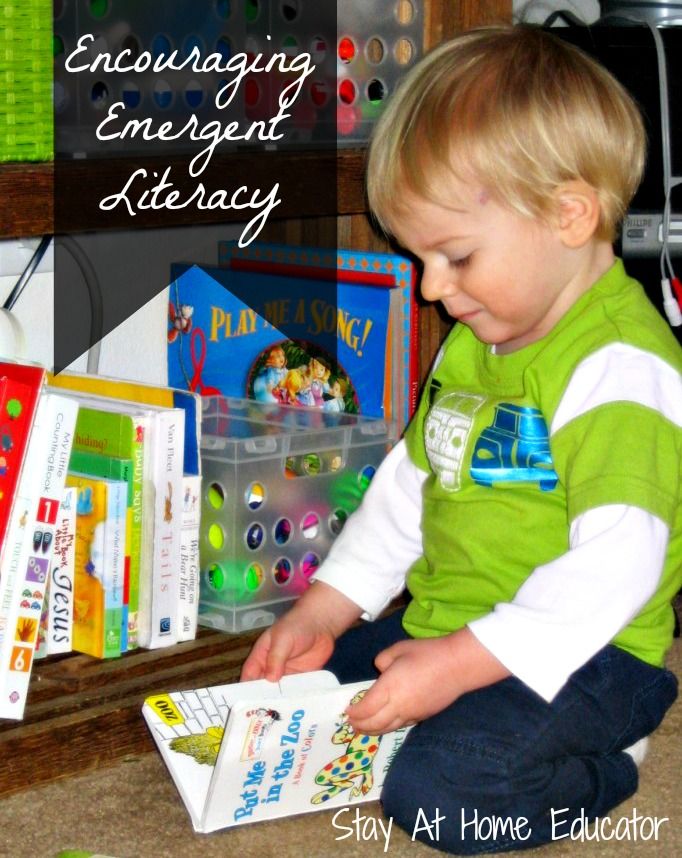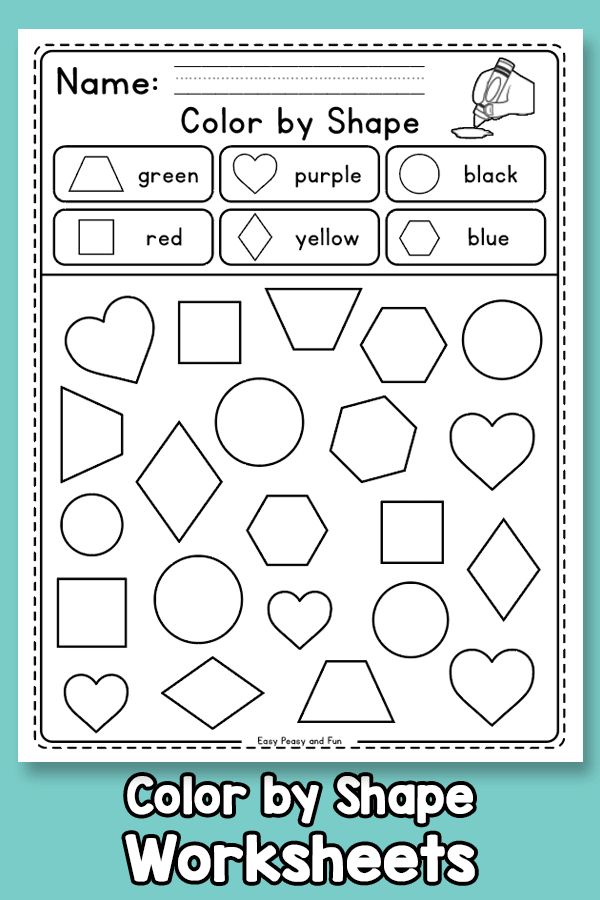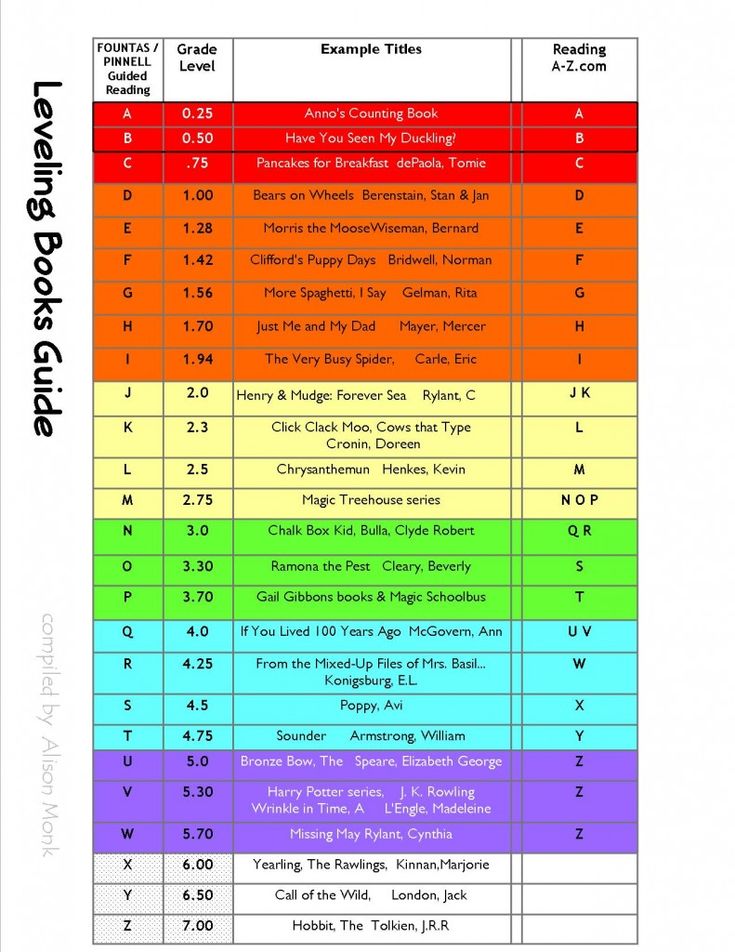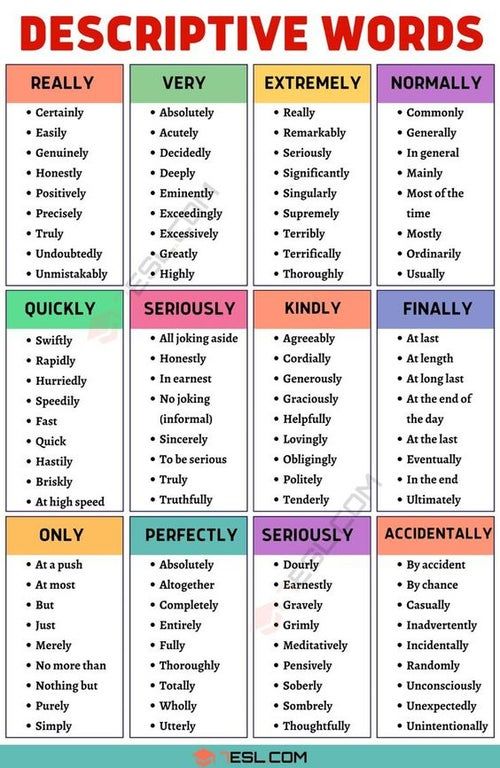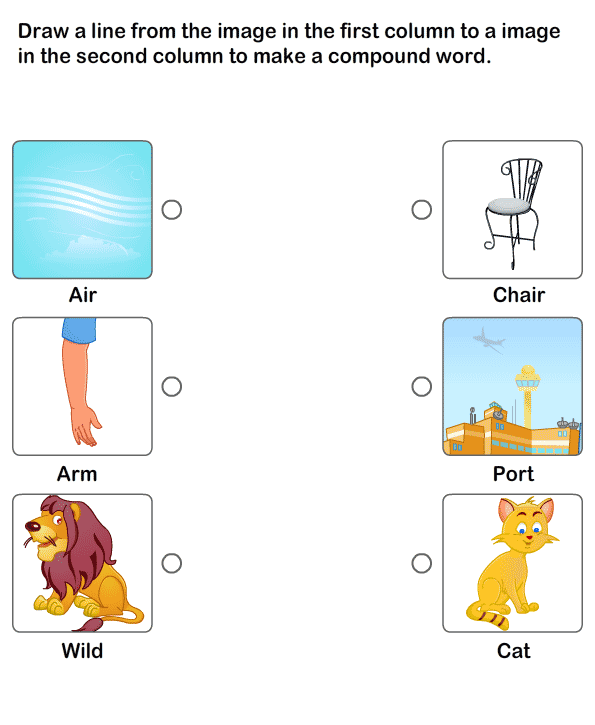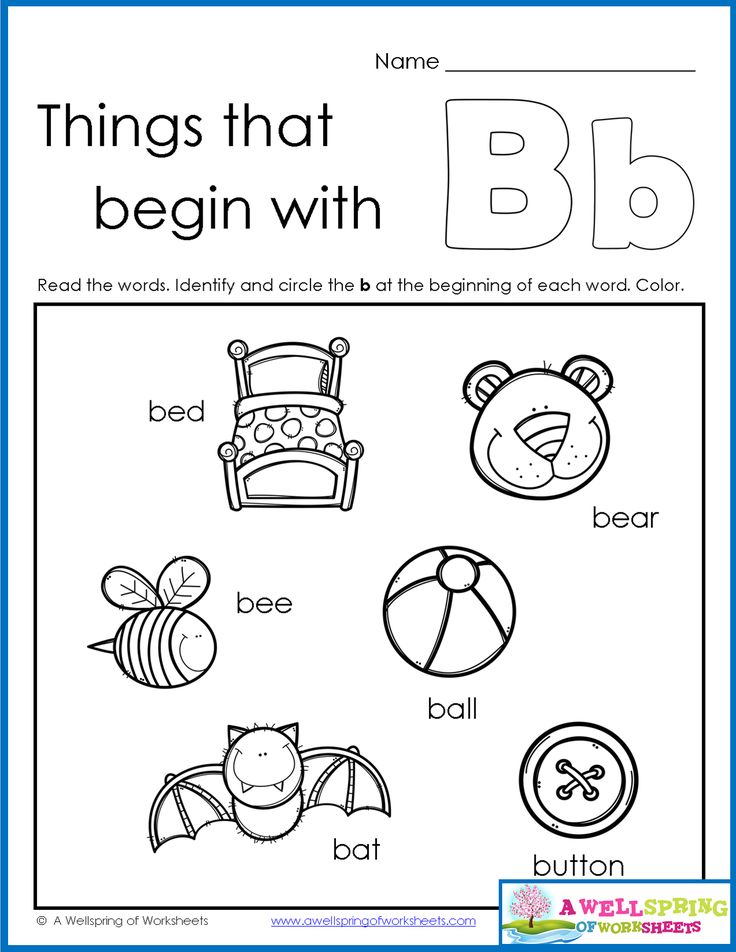Emergent literacy theory
Emergent literacy | Literacy Instruction for Students with Significant Disabilities
“Emergent literacy is not age dependent but is based on experiences with print!”
–Karen Erickson and David Koppenhaver
Who are emergent readers and writers?
Emergent literacy is the term used to describe the reading and writing experiences of young children before they learn to write and read conventionally (Teale & Sulzby, 1986). Emergent literacy begins at birth, regardless of whether or not a child has a disability. For older emergent literacy learners, it is important to keep all activities age respectful.
Emergent literacy is commonly defined as the behaviors of reading and writing that lead to conventional literacy and “comprises all of the actions, understandings and misunderstandings of learners engaged in experiences that involve print creation or use” (Koppenhaver & Erickson, 2003, p. 283), and these experiences are not only necessary but closely related to later literacy outcomes (Justice and Kaderavek, 2004).
Emergent literacy behaviours and understandings are directly related to opportunity and experience. Students with significant disabilities often have the fewest learning opportunities and experiences that lead to literacy.
Students who are emerging in their understandings of literacy are working to understand the functions of print and print conventions. Developing phonological awareness, alphabet knowledge, and important receptive and expressive language skills will eventually allow students to use reading and writing to interact with others. Emergent readers and writers are making discoveries and learning about literacy when they explore literacy materials, observe print within the natural environment, interact with conventional readers and writers, and see models of how and why print is used (Teale & Sulzby, 1992). Examples of emergent literacy behaviors may include interpreting a story through pictures rather than through text, manipulating books in nonconventional ways (e.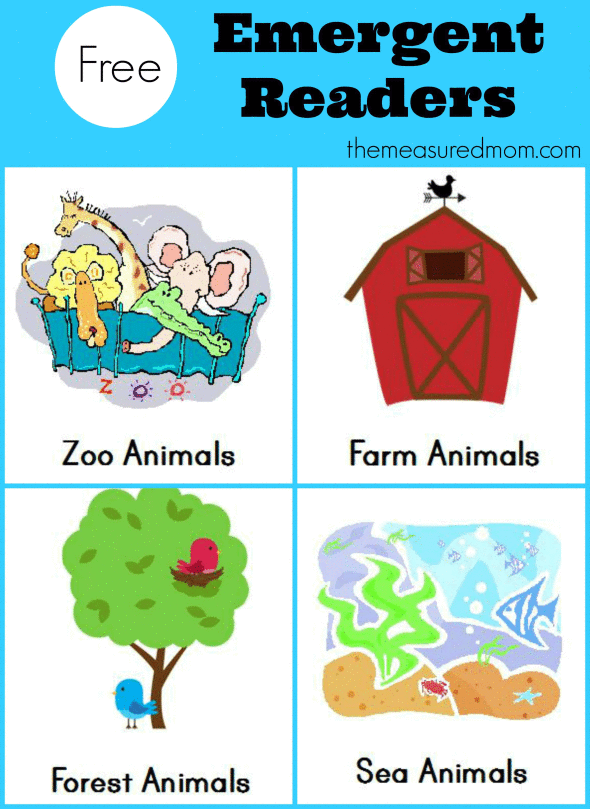 g., looking at the book from back to front or holding it upside down), scribbling, and the use of invented spelling (Clay, 1993; Koppenhaver, 2000).
g., looking at the book from back to front or holding it upside down), scribbling, and the use of invented spelling (Clay, 1993; Koppenhaver, 2000).
An emergent reader is one who is interested in books but can’t yet read them independently or may be able to read some words but requires continued support to make meaning from print. It could also be a student who is not yet interested in reading books. An emergent reader may have not yet developed intentional or symbolic means of communication.
A emergent writer is one who is learning to use written language to express communicative intent, and beginning writing is defined as starting with emergent writing (drawing, scribbling, and writing letters) and ending with conventional writing abilities, usually acquired by second or third grade for typically developing children. (Strum, Cali, Nelson, & Staskowski, 2012)
Regular participation in reading and writing activities plays a central role in supporting typical children’s understandings about print.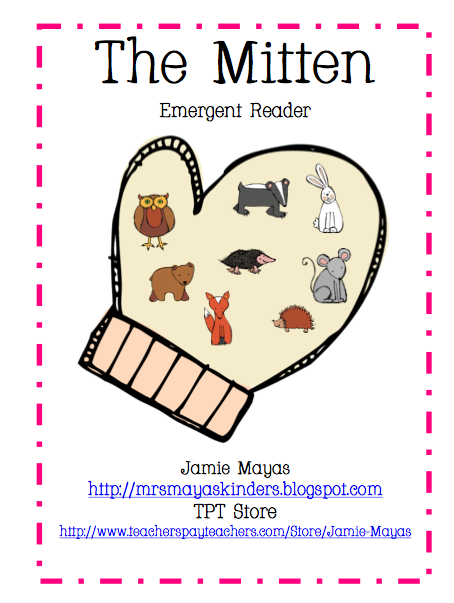 Research in emergent literacy shows that students with significant disabilities, including those with complex communication needs, can benefit from the same type of literacy activities used with typically developing children but may require more time and opportunity. Regular participation in reading and writing activities plays a central role in supporting understandings about print for ALL students.
Research in emergent literacy shows that students with significant disabilities, including those with complex communication needs, can benefit from the same type of literacy activities used with typically developing children but may require more time and opportunity. Regular participation in reading and writing activities plays a central role in supporting understandings about print for ALL students.
Many of the studies and literature surveys the last four decades have a common finding: nothing replaces sound early literacy instruction, even when taking into consideration recent technical advances.
If students with significant disabilities are not exposed to reading and writing materials, how can they learn to use them?
Old assumptions
An emphasis on functional skills, rote memorization, and readiness activities typically take precedence over in-depth literacy instruction (Skotko, Koppenhaver, & Erickson, 2004). Literacy development for 70-90% of students with significant disabilities rarely approached conventional literacy skills expected for typically developing students (Koppenhaver and Yoder, 1992).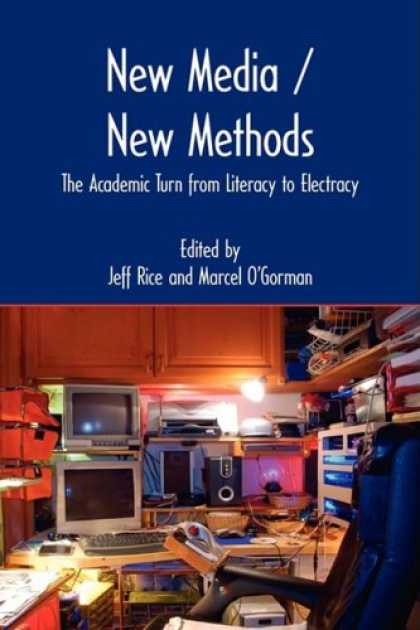
- Literacy is learned in a predetermined, sequential manner that is linear, additive, and unitary.
- Literacy learning is school-based.
- Literacy learning requires mastery of certain pre-requisite skills.
- Some children will never learn to read.
New thinking
Holistic and explicit instructional approaches to balanced literacy that include daily reading, writing, and word study are critical for all learners, including those with significant disabilities (Erickson, Koppenhaver, & Cunningham, 2006; Sturm & Clendon., 2004).
- Literacy is learned through interaction with and exposure to all aspects of literacy (i.e. listening, speaking, reading, and writing).
- Literacy is a process that begins at birth – there are no prerequisites.
- Literacy abilities/skills develop concurrently and interrelatedly.
- All children can learn to use print meaningfully.
From an emergent literacy perspective, reading and writing develop concurrently and interrelatedly in young children, fostered by experiences that permit and promote meaningful interaction with oral and written language (Sulzby & Teale, 1991), such as following along in a big book as an adult reads aloud or telling a story through a drawing (Hiebert & Papierz, 1989).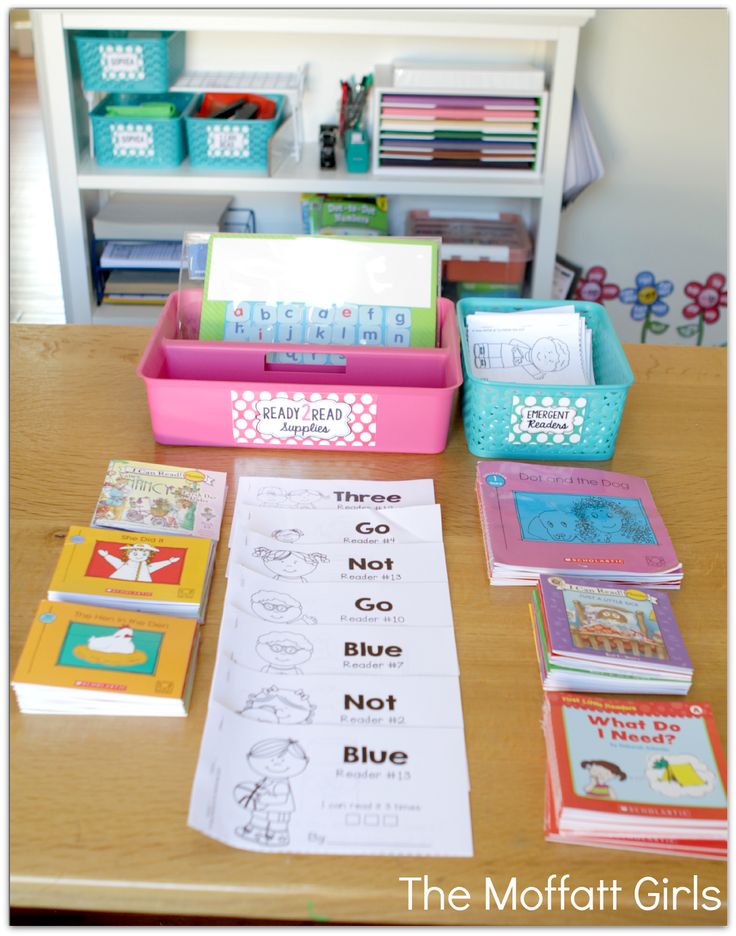
Through the concept of emergent literacy, researchers have expanded the purview of research from reading to literacy, based on theories and findings that reading, writing, and oral language develop concurrently and interrelatedly in literate environments (Sulzby & Teale, 1991).
Where can I learn more?
Learning for All – This Alberta resource offers information, strategies and references for school leaders and teachers working with students with significant disabilities. This content was collaboratively developed through Learning for All, a one-year community of practice (2014-2015) for district leaders and consultants.
Literacy, Assistive Technology, and Students with Significant Disabilities. Karen A. Erickson, Penelope Hatch, and Sally Clendon, Focus on Exceptional Children, Volume 42, Number 5, 2010.
Quick Guide #13 “Supporting Literacy Learning in All Children” by David A. Koppenhaver and Karen A. Erickson (pp. 181-194) in Quick Guides for Inclusion: Ideas for Educating Students with Disabilities, 2nd edition
Research Based Practices for Creating Access to the General Curriculum in Reading and Literacy for Students with Significant Intellectual Disabilities.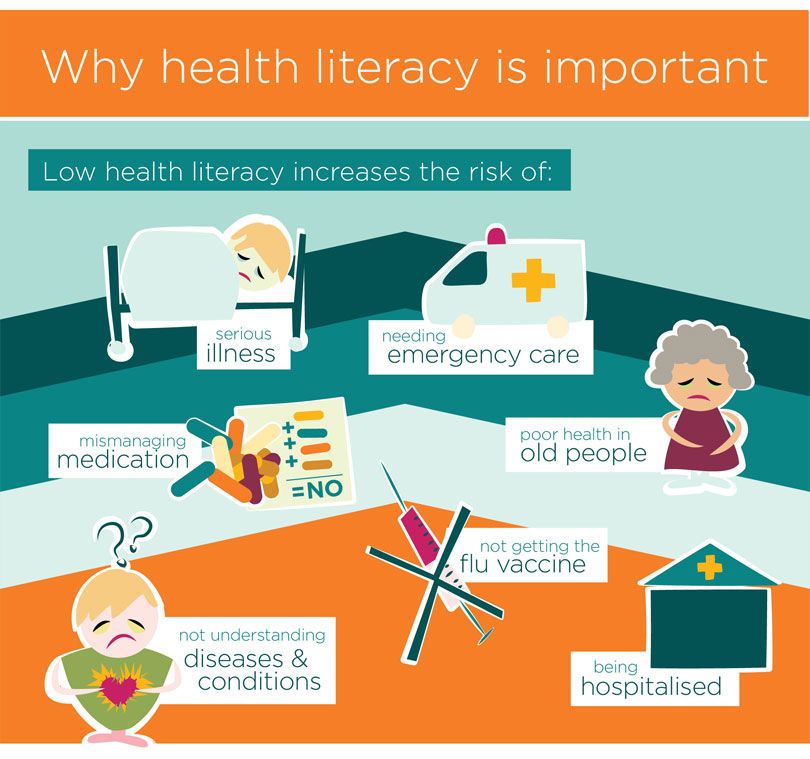 Karen Erickson, Ph.D., Gretchen Hanser, Ph.D., Penelope Hatch, Ph.D., Eric Sanders, M.S./CCC-SLP, 2009.
Karen Erickson, Ph.D., Gretchen Hanser, Ph.D., Penelope Hatch, Ph.D., Eric Sanders, M.S./CCC-SLP, 2009.
Comprehensive Literacy for All is written by Karen Erickson and David Koppenhaver. This is the new version of Children with Disabilities: Reading and Writing the Four-Blocks Way, which was used by the Literacy for All community of practice.
“Literacy improves lives—and with the right instruction and supports, all students can learn to read and write. That’s the core belief behind this teacher-friendly handbook, your practical guide to providing comprehensive, high-quality literacy instruction to students with significant disabilities. Drawing on decades of classroom experience, the authors present their own innovative model for teaching students with a wide range of significant disabilities to read and write print in grades preK–12 and beyond. Foundational teaching principles blend with concrete strategies, step-by-step guidance, and specific activities, making this book a complete blueprint for helping students acquire critical literacy skills they’ll use inside and outside the classroom. ” (Published 2020)
” (Published 2020)
Preview Comprehensive Literacy for All here.
Symbol-based communication | Literacy Instruction for Students with Significant Disabilities
“Communication is when one person shares something the other person did not know they were thinking.”
–Erin Sheldon
SYMBOL-BASED COMMUNICATION
What is symbol-based communication?
Symbol based communication is the “alternative” in augmentative and alternative communication (AAC). Taking a closer look at the elements of AAC allows us to see where symbol-based communication fits within this context:
- Augment means to add to or to enhance. Almost all speakers and non-speakers augment speech by using eye pointing, vocalizations, gestures and body language.
- Alternative means replacement or substitute. An alternative to speech includes pointing or gazing to symbols, signing or spelling.
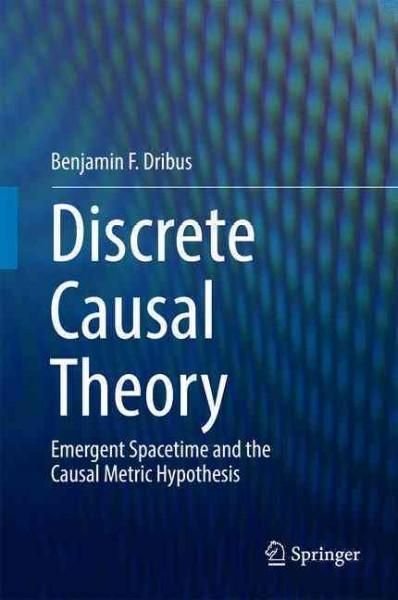
- Communication means to send and receive messages with at least one other person.
Symbol-based communication is often used by individuals who are unable to communicate using speech alone and who have not yet developed, or have difficulty developing literacy skills. Symbols offer a visual representation of a word or idea.
“The immediate goal is NOT for students to use all of the symbols we’ve introduced functionally in their own communication but for them to interact with others who are modelling symbol-based approaches to communication.” – Karen Erickson
Which students would benefit from symbol-based communication?
Students whose speech is:
- slow to develop
- difficult to understand (as a back up)
- very limited or non-existent
How can students benefit from symbol-based communication?
Students who are provided authentic and meaningful opportunities to communicate using a symbol-based system across learning and living environments benefit in a multitude of ways including:
- development of language skills
- development of literacy skills
- having more to say to more people
- building relationships and connectedness and belonging
- decreasing frustration/behaviours
- developing a better understanding of the world around them
- making personally meaningful requests, choices and decisions
- increasing participation across environments
- building creativity and self-expression
Examples of symbol-based communication:
Communication boards make language visible and accessible. Core vocabulary is intended to be used across all environments and levels of language competence.
Core vocabulary is intended to be used across all environments and levels of language competence.
A flip book is a communication book with tabs for easy navigation. Vocabulary is arranged by categories, which are indicated on the tabs.
Check out this resource for templates for Low-tech Communication Board options: https://saltillo.com/chatcorner/content/29
Eye-gaze (also known as eye-pointing) is the act of using one’s eyes to direct or redirect the attention of another person. Effective eye-gaze requires participation of both the student and the communication partner. The student fixes their gaze in the direction of the intended message. For example, if a student wants to go outside, they may set their gaze on the door.
An e-tran, or an eye gaze communication board, is a vertically held/mounted board, made of plexiglass or sturdy paper with a window cut in the middle, that enables students to communicate by focusing their gaze on selected items displayed on the board. Items can be displayed in any configuration and can be encoded to provide more choices on each board. Students access the ETran via Partner Assisted Scanning.
Items can be displayed in any configuration and can be encoded to provide more choices on each board. Students access the ETran via Partner Assisted Scanning.
This pragmatically based communication page set is specifically made to help eye gaze users hold simple conversations around a variety of topics and needs.
An iPad communication app allows the user to directly select symbols that are arranged to support a specific topic or serve a communicative function. For example, this page is a list of verbs in alphabetical order- find, fly, give, help. The pages on many apps are dynamic, meaning once the user selects a message, the app will jump to the next logical page.
How can we teach symbol-based communication?
If we expect learners to speak using symbols, we must speak using symbols. Aided Language Stimulation or Aided Language Input is a research-based strategy for teaching symbol-based communication. Essentially, communication partners model or demonstrate symbol-based communication when talking with students who are learning to use symbol-based communication.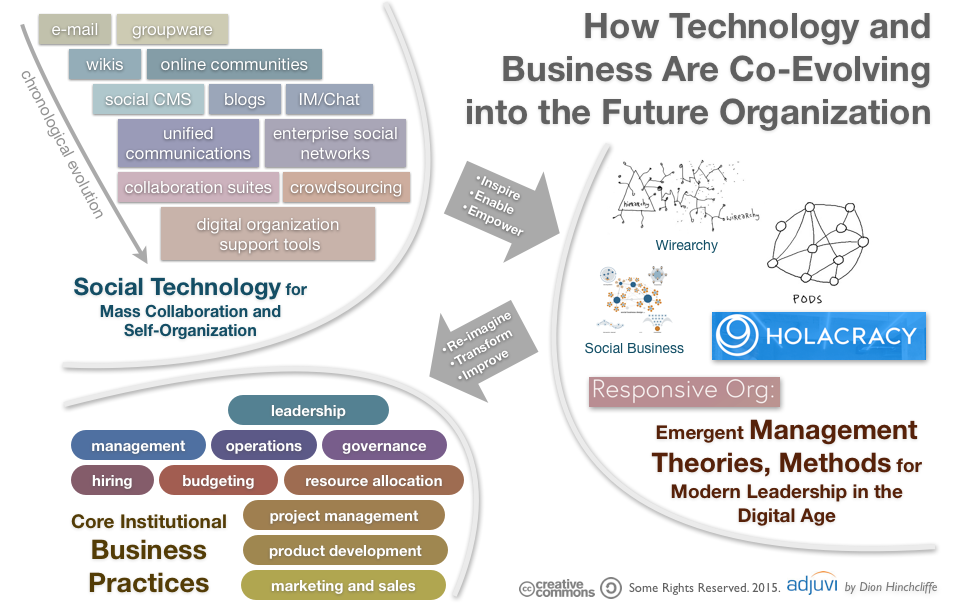
A robust and well-organized set of symbols need to be available in order to demonstrate how they can be used to comment, ask questions, make requests, joke, greet, protest and so on at home, school and in the community. Using the same well-organized set of symbols flexibly in all environments supports communication development and language learning over time.
Following are a few points to keep in mind when modeling symbol-based communication:
- Communication partners model, not prompt the students to point or touch the picture symbols to communicate. It is about what the communication partners do, not about what the student does.
- Use the student’s AAC system to model and have conversations.
- Provide models of multiple communicative functions and purposes such as:
- Sharing information: “I heard you went to see Spider Man on the weekend”
- Making comments: “That’s awesome!”
- Asking questions: “What is your favourite colour?”
- Greeting: “Hi! I’m happy to see you today!”
- Requesting: “I want the red ball.
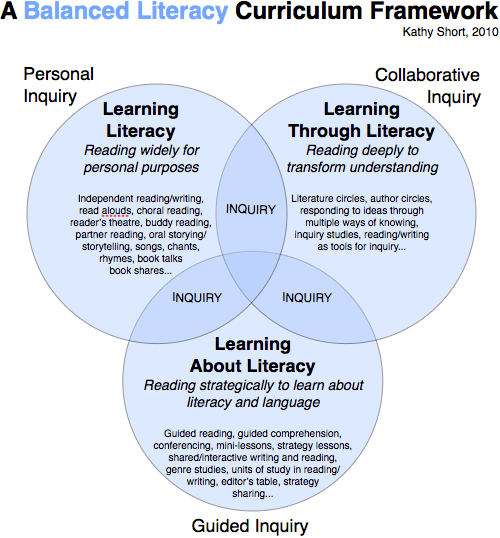 ” “I need help.”
” “I need help.” - Protesting/Refusing: “I don’t like that.” “All done.” “Stop!”
- When a student communicates something by looking at an object or making a noise, demonstrate how they could “say it‟ on their AAC system.
- Read and match the student’s non-verbal signals with pictures. Look for what the student communicates with body language and gestures and match those with symbols. For example, if a student puts their head down on the table, the adult could point at tired symbol and say, “You look tired.”
- Point out the main words that you say on the AAC system.
- Whenever the student uses their AAC system, model their message back in a slightly longer form. For example, when the student points to ‘book’ on their AAC system, point out ‘want book’ as you say, “You want a book?‟ Then point out ‘get book’ as you say, “OK. I’ll get you a book‟.
- Model only a few more words per utterance than the student is using – this way the modeling is not too hard for the student to copy.

What is core vocabulary?
About 85% of our English spoken language is comprised of 250-350 words. Core vocabulary is a relatively small set of words that have been determined to be highly useful for communicating in both social and academic contexts. Core vocabulary is primarily composed of pronouns, verbs, descriptors, and prepositions. There are very few nouns.
The DLM Core Vocabulary Project was initiated to determine the vocabulary that is necessary for students with significant cognitive disabilities to engage, learn, and demonstrate knowledge in an academic environment.
These words have been extensively researched by the Center for Literacy and Disability Studies for words needed for AAC Core vocabulary and Academic Core Vocabulary.
Where can I learn more?
Aided Language Videos
https://www.youtube.com/watch?v=vUY6oQoSTXw
https://www.youtube.com/watch?v=flFNMky22-U
Dynamic Learning Maps (DLM) – Beginning Communicators
This module describes symbolic and non-symbolic forms of communication, the distinction between pre-intentional and pre-symbolic communicators, and identifies additional sources of support for building communication skills.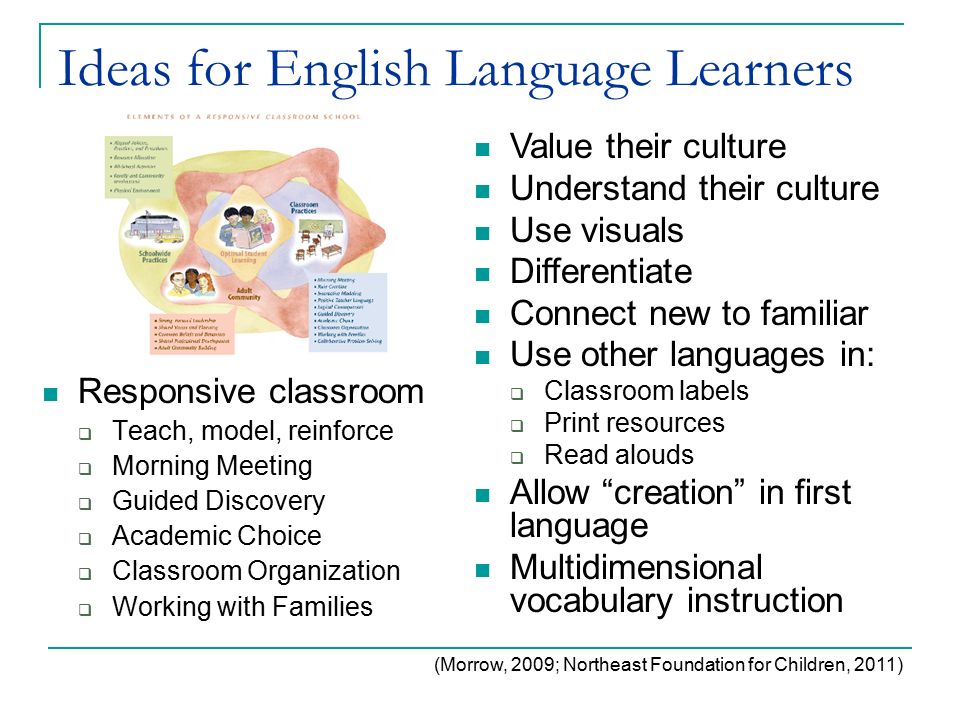
Online Self-directed Module
Facilitated Module Materials for Groups
Dynamic Learning Maps (DLM) – Core Vocabulary
Core Vocabulary is a list of words that have been determined to be highly useful for communicating in both social and academic contexts. https://www.med.unc.edu/ahs/clds/resources/core-vocabulary
Dynamic Learning Maps (DLM) – Core Vocabulary and Communication
This module focuses on the use of core vocabulary as a support for communication for students who cannot use speech to meet their face-to-face communication needs and require augmentative and alternative communication.
Online Self-directed Module
Facilitated Module Materials for Groups
Dynamic Learning Maps (DLM) – Speaking and Listening
This module addresses speaking and listening in the broader context of expressive and receptive communication for students with significant cognitive disabilities. The content in this module is important to understand the DLM Essential Elements in Speaking and Listening and across all of the strands of Essential Elements in English language arts.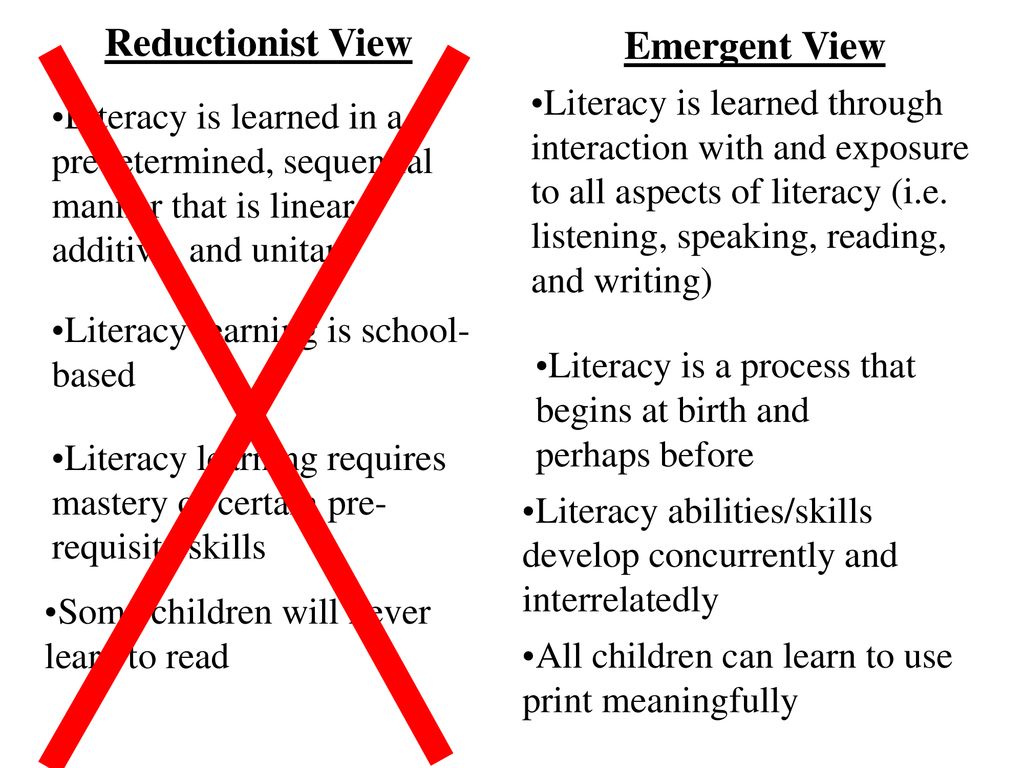
Online Self-directed Module
Facilitated Module Materials for Groups
Dynamic Learning Maps (DLM) – Supporting Participating in Discussion
Participants will review the goals of supporting participation in discussion and the need of an expressive means of communication for all students. Participants will also be given 5 strategies to use in supporting students during discussions with teachers and peers.
Online Self-directed Module
Facilitated Module Materials for Groups
Dynamic Learning Maps (DLM) – Symbols
This self-directed module provides an overview of symbols to support communication and interaction. It also describes the use of symbols and photographs in text.
Online Self-directed Module
Facilitated Module Materials for Groups
Language Stealers (video 2:52 min)
Language Stealers reveals the real barriers to communication for learners with speech and motor impairments as being no access to language and literacy.
Noun Town
This short presentation shares the importance of using high frequency words, instead of living in ‘noun town’. Share the story of Noun Town to illustrate how important it is to include core vocabulary in all settings. For a print version, visit AAC Language Lab. You’ll need to do a search for Noun Town (it shows up under Activities) and then you can download it.
Pragmatic Organization Dynamic Display (PODD) communication books were developed in Australia by Gayle Porter, originally for children with cerebral palsy. Their structured organization and emphasis on visual communication means that they are also a valuable tool for developing the communication of those with Autistic Spectrum Disorder (ASD) (Porter & Cafiero, 2009). http://praacticalaac.org/praactical/how-i-do-it-using-podd-books-and-aided-language-displays-with-young-learners-with-autism-spectrum-disorder
Project Core
The Project Core implementation model is aimed at helping teachers provide students with significant cognitive disabilities and complex communication needs with access to a flexible Universal Core vocabulary and evidence-based instruction to teach them to use core vocabulary via personal augmentative and alternative communication (AAC) systems.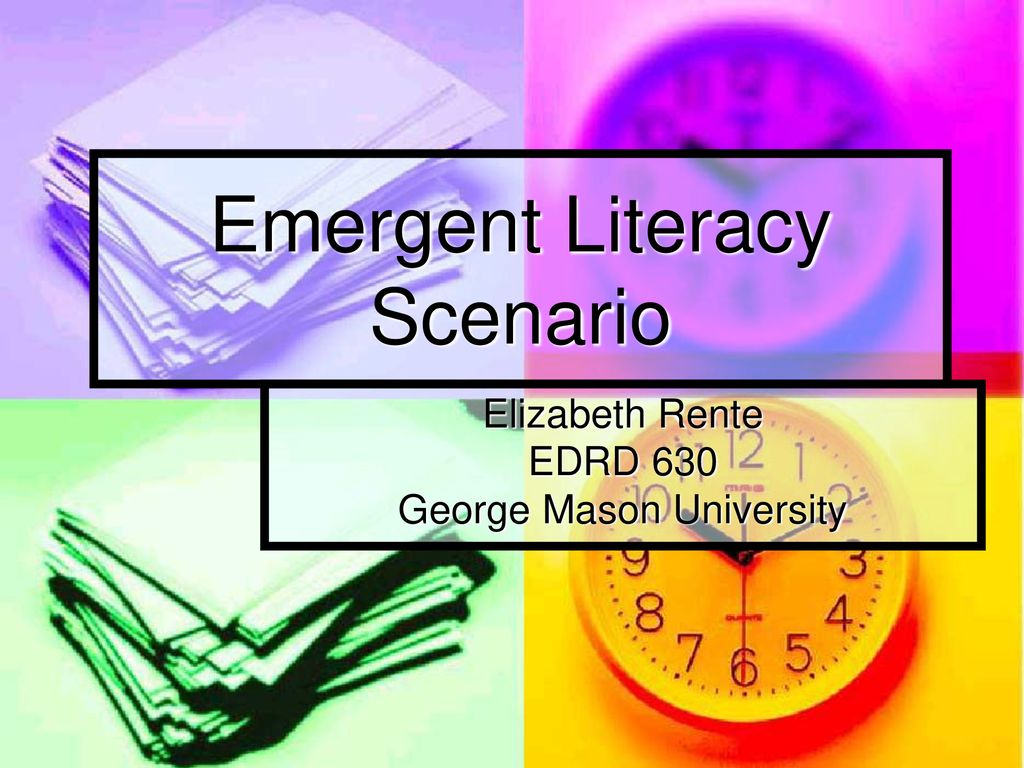 http://www.project-core.com
http://www.project-core.com
Symbols and Learning to Read
In this short video clip, Dr. Caroline Musselwhite talks about how symbols can affect the reading process and to be effective supports in learning to read, symbols must be used thoughtfully. A Learning Guide accompanies the video.
Tar Heel Reader
Tar Heel Reader is a growing library of accessible, beginning level readers for students of all ages from the Center for Literacy and Disability Studies. It includes a collection of free, easy-to-read (core words), and accessible books on a wide range of topics. Each book can be speech enabled and accessed using multiple interfaces, including touch screens, the IntelliKeys with custom overlays, and 1 to 3 switches. https://tarheelreader.org
Tar Heel Shared Reader
Developed by a team at the Center for Literacy and Disability Studies at the University of North Carolina at Chapel Hill, this variation of the popular Tar Heel Reader website emphasizes shared reading and provides PCS symbol support for core words that can be used in discussing each book.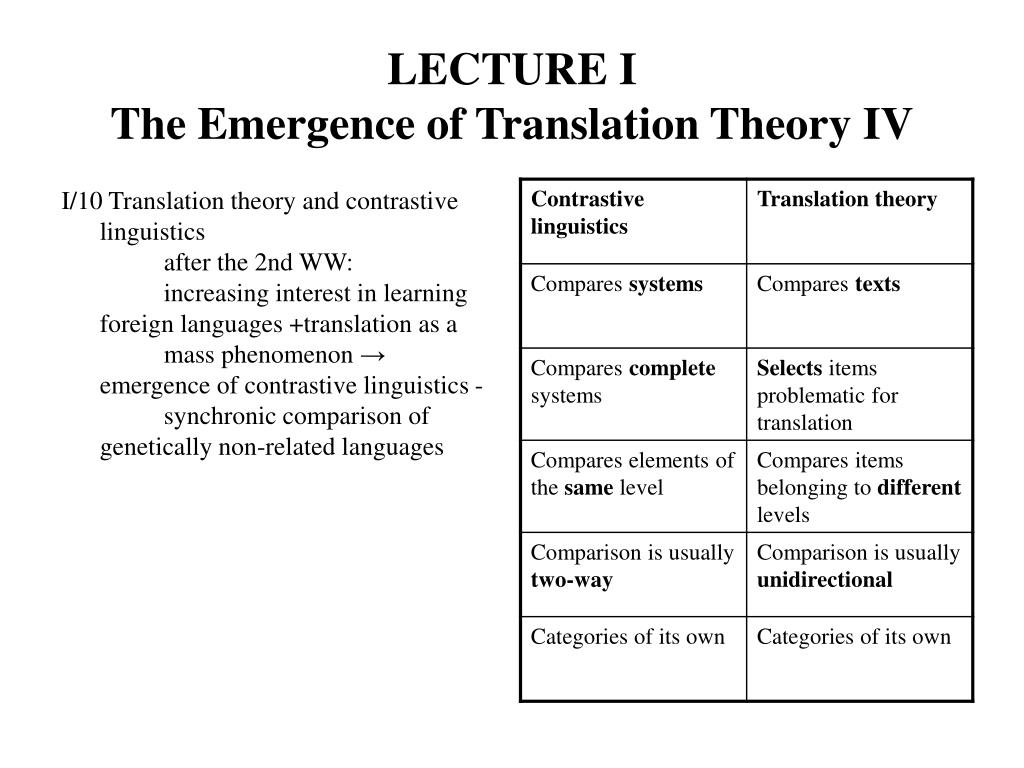 A comprehensive set of free professional development modules provide training and examples of Tar Heel Shared Reader teaching practices. Each module requires between 45-60 minutes to complete. Various formats allow for flexibility in order to best meet scheduling needs. https://www.sharedreader.org
A comprehensive set of free professional development modules provide training and examples of Tar Heel Shared Reader teaching practices. Each module requires between 45-60 minutes to complete. Various formats allow for flexibility in order to best meet scheduling needs. https://www.sharedreader.org
Top 10 Tips for Partner Assisted Scanning, Gretchen Hanser, Ph.D., Center for Literacy and Disability Studies, 2007.
Meaning, Definition, Suggestions . What is emergent
- Online translator
- Grammar
- Video lessons
- Textbooks
- Vocabulary
- Professionals
- English for tourists
- Abstracts
- Tests
- Dialogues
- English dictionaries
- Articles
- Biographies
- Feedback
- About project
Examples
Meanings of "EMERGENT"
See all meanings of "EMERGENT"
Sentences with "emergent"
| temperate forests. | |
| Any given situation may include a variety of interacting contexts, including a retrospective context and an emergent context. | |
| Since emergent design relies heavily on refactoring, unit tests are an essential component. | |
| Examples include emergent, canopy, undergrowth and forest floor layers. | |
| Estimates thus provide an emergent mechanism for identifying problems and solutions for multivalued computations. | |
| Suggestions have been made to treat the concept of time as an emergent phenomenon that is a side effect of quantum entanglement. | |
| The creatures used the emergent approach seen in animats, but with the goal of more complex behavior than locomotion. | |
| Instead of an authoritarian planned order, we anarchists prefer the emergent order of a pluralistic ecosystem of security providers. | |
| Other Results | |
| Technology also appears in the novel Abyss of the Sky, used by the Emergents, a totalitarian, slave culture. | |
| His theory of everything is emergent rather than reductive. | |
| It is largely emergent, design unfolding as stakeholder contact is established. | |
| Electrical cardioversion can also be used to convert AF to normal sinus rhythm and is often used emergently if the person is unstable. | |
| Unit testing is also critical to the concept of Emergent Design. | |
| Therefore, it is a sub-branch of emergent materialism. | |
| POCD is distinct from emergent delirium. | |
| In this context, these videos are like the spotlights that Kuzin uses when working with his notropis, and Berry also finds emergent behavior when the number of neurons increases. | |
| At the same time, Reynolds proves that subjectivity is an emergent, changeable and mobile phenomenon that is transversal to the subject. | |
| The first one understands expertise as an emergent property of communities of practice. | |
| Thus, cockroaches have emergent behavior in which group or swarm behavior emerges from a simple set of individual interactions. | |
| A system can be more than the sum of its parts if it expresses synergy or emergent behavior. | |
| Dynamic system models illustrate how many different features of a complex system can interact to give emergent behaviors and abilities. | |
| As their friendship develops and grows into something more, Adam begins to exhibit strange emergent behavior that cannot be programmed. | |
| Simple systems formed in this way can then exhibit emergent behavior to create more complex systems and hence other weather events. | |
| Entropy force can be considered as an emergent phenomenon of entropy interaction. | |
| It implies that gravity is not a fundamental force but an emergent phenomenon. | |
| Emergent behavior like this is used by evolutionary algorithms and Swarm intelligence. | |
| Some theories consider either the particle or the wave aspect as its fundamental nature, seeking to explain the other aspect as an emergent property. | |
| Based on emergent Literacy, in foreign language lessons, specialists study formal and informal styles and discourses of language use in sociocultural contexts. | |
| The emergence of the human mind is considered one of the five fundamental phenomena of emergent evolution. | |
| The pattern dependence of the emergent strategy was observed in behavioral experiments with individuals and groups. | |
Phrases
We strive to make the English-Grammar.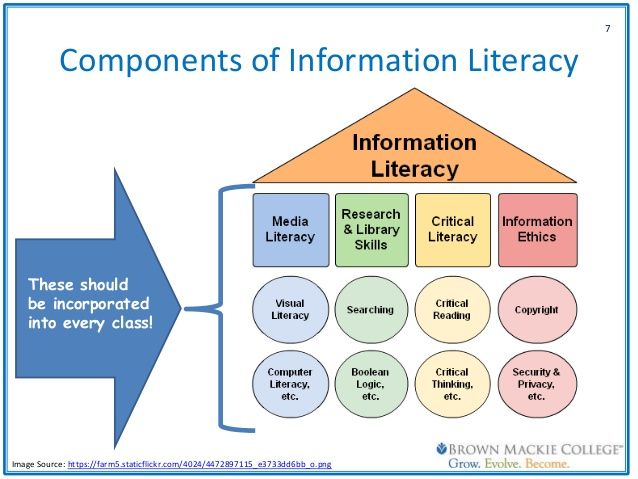 Biz explanatory dictionary, including the interpretation of the word "emergent", as correct and informative as possible. If you have suggestions or comments about the quality of the meaning of the word "emergent", please write to us in the "Feedback" section.
Biz explanatory dictionary, including the interpretation of the word "emergent", as correct and informative as possible. If you have suggestions or comments about the quality of the meaning of the word "emergent", please write to us in the "Feedback" section.
Page not found « Regional Education Development Center
|
Public organizations
Login and register
RCRO work plans
Useful links
Site satellitesCompletion of applications for the internship "Formation of universal educational activities on subjects that are part of the curriculum formed by participants in educational relations, during the transition to the updated Federal State Educational Standards" November 29 ACT. All-Russian open online lessons "PROEKTORIYA" - competency "Maintenance of aviation equipment" Completion of applications from teachers for competitive selection for the PC program "Biotechnology and Plant Genetics: Practical Skills for Working with Schoolchildren" based on the Sirius Educational Center November 30 webinar on organizing and holding the Big Challenges competition in the Tomsk region in the 2022/2023 academic year completion of registration of teams for the All-Russian competition of student councils of educational organizations "Territory of Success" completion of the acceptance of applications for the PC " Preventive work with students based on the results of socio-psychological testing" completion of applications for the internship "Creation of digital educational resources using ActivInspire software for the formation of functional literacy of students in class and extracurricular activities" December 1 Deadline for applications from young musicians aged 11-17 years old for the competitive selection for the program "Musical and performing arts by specialty: by specialty: piano, cello, flute, horn, bassoon" on the basis of the Educational Center "Sirius" December 2 Seminar for potential participants of the regional Olympiad for schoolchildren "Smarts and smart girls of the Tomsk region" All-Russian open online lessons "ProeKTORiYA" - Professional take-off: about the intricacies of work and career opportunities in the aircraft industry Completion of applications for the internship "Chess: Methods of teaching the course in the context of the implementation of the Federal State Educational Standard" Completion of applications from teachers for competitive selection for the PC program "Additional chapters of mathematics in high school: methodology and practice. |

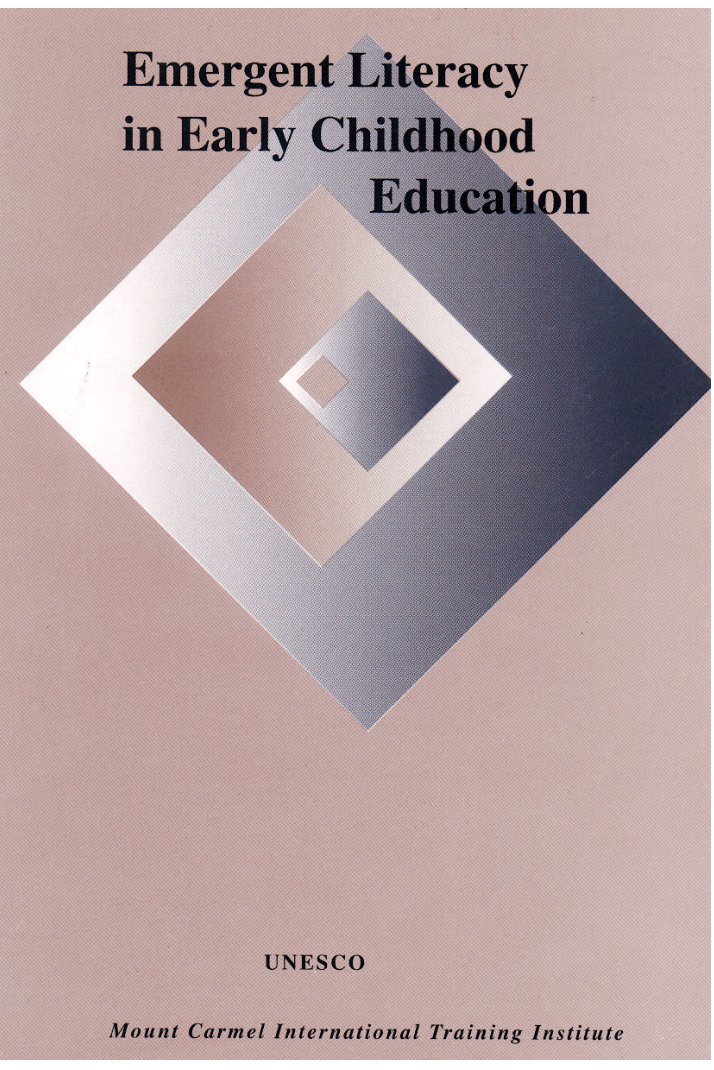

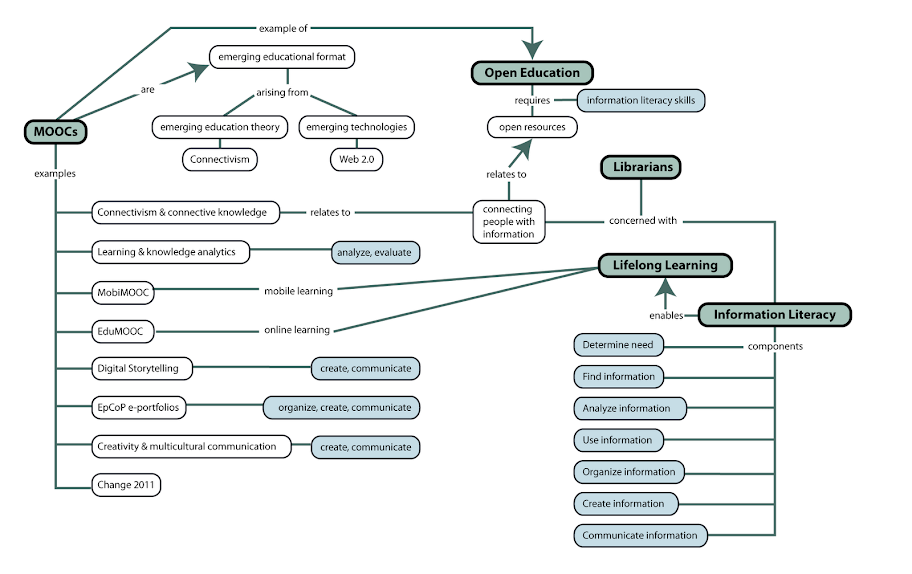
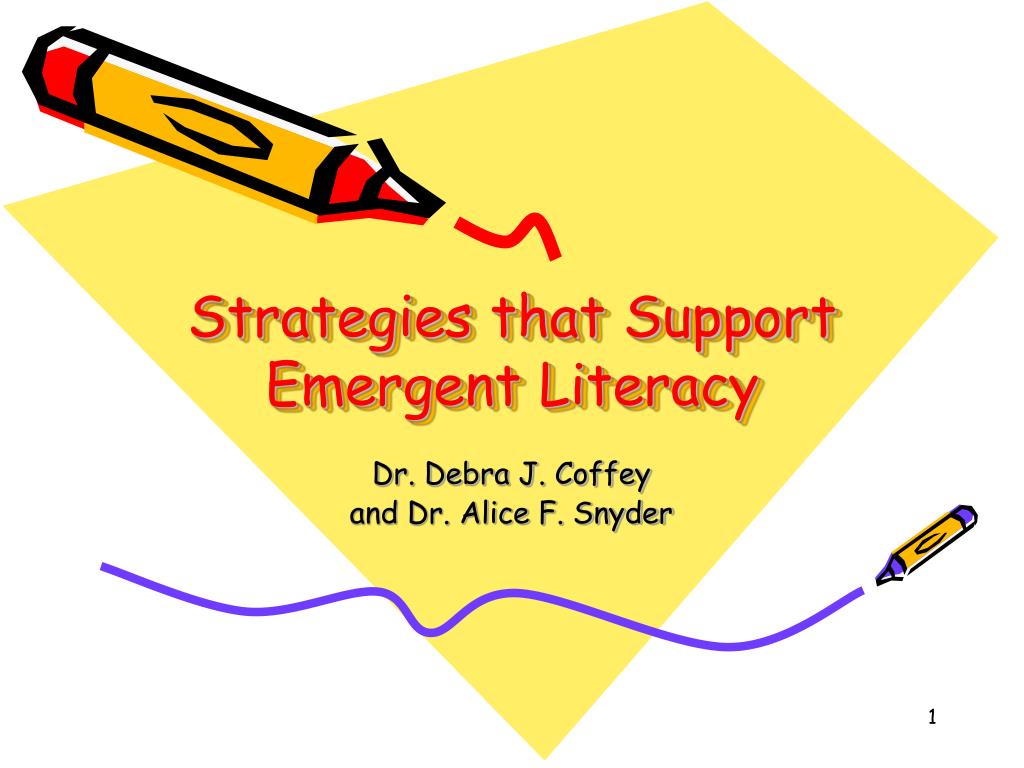
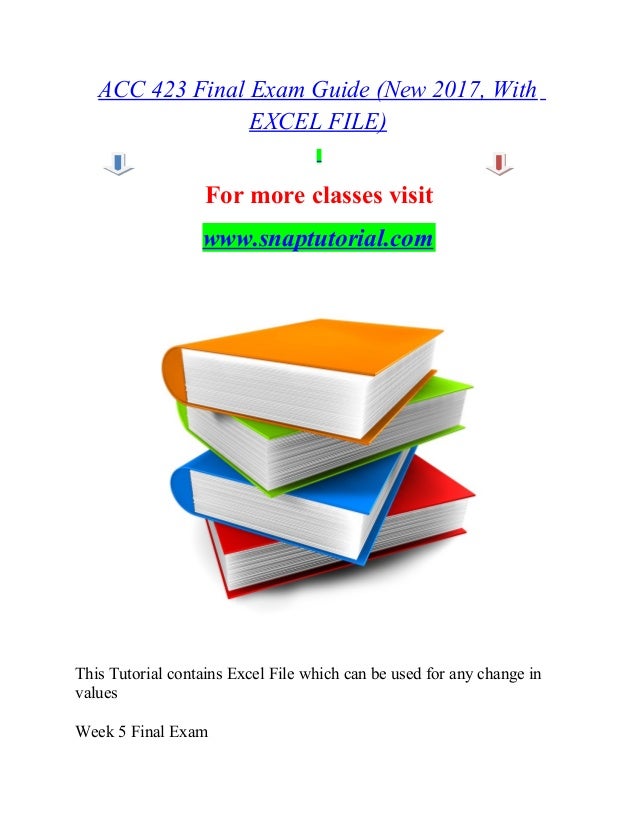 WIN!"
WIN!" 